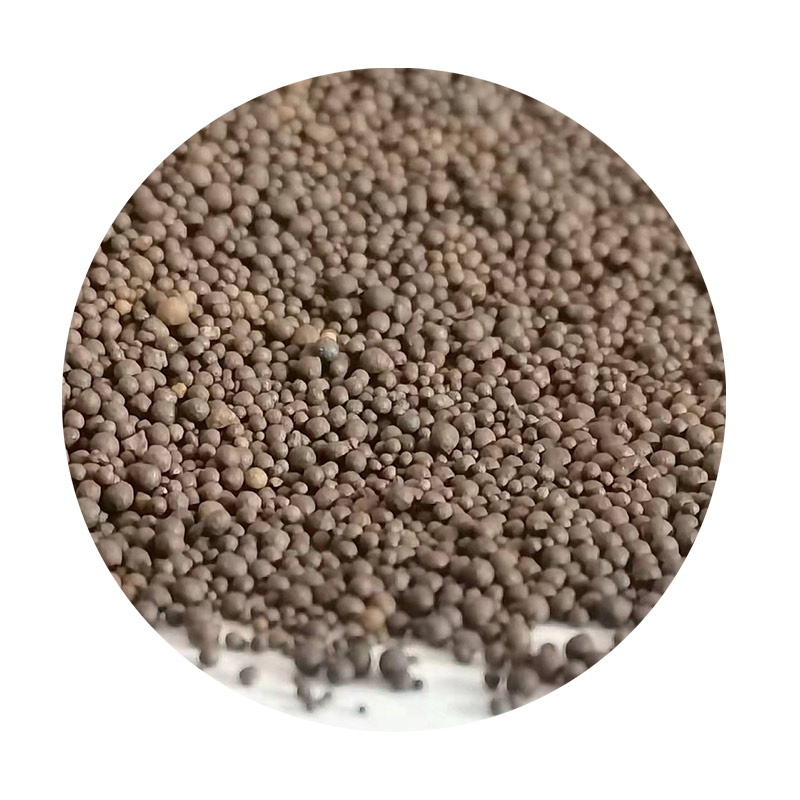Wet Sanding Resin A Guide to Achieving a Perfect Finish
When it comes to working with resin, achieving a smooth, polished finish is often the ultimate goal for artists, hobbyists, and DIY enthusiasts alike. One of the most effective techniques for accomplishing this is wet sanding. Wet sanding resin not only enhances the visual appeal of the final product but also improves its overall quality. This article will explore wet sanding, its benefits, techniques, and tips for achieving the best results.
What is Wet Sanding?
Wet sanding involves using water as a lubricant when sanding materials, in this case, resin. This process reduces friction and the likelihood of scratching the surface. Wet sanding is particularly beneficial for resin, as it helps to prevent dust buildup and minimization of heat that can cause damage to the material.
Why is Wet Sanding Useful for Resin?
1. Smoother Finish Wet sanding allows for a finer finish compared to dry sanding. The water helps to wash away dust and debris, resulting in a smoother surface and preventing the abrasive material from clogging up.
2. Minimized Heat Generation Resin can be sensitive to heat; dry sanding can create excessive heat which may cause the resin to warp or discolor. The use of water in wet sanding helps keep the temperature lower and protects the integrity of the resin.
3. Enhanced Clarity When working with clear or translucent resin, wet sanding brings out the material’s clarity and shine. This technique allows for an even light reflection, making the finished piece more visually appealing.
4. Reduced Friction The presence of water lubricates the sandpaper and the surface, reducing the friction that can lead to uneven sanding marks or scratches.
Materials Required for Wet Sanding Resin
To get started with wet sanding resin, you’ll need a few essential supplies
- Sandpaper Choose wet/dry sandpaper in various grits
. Start with a coarser grit (around 400) and work up to a finer grit (up to 2000 or higher) for the final finish.wet sanding resin

- Water Clean water is all you need. Some people prefer to add a small amount of dish soap to the water to enhance lubrication, but this is optional.
- Sponge or Cloth A sponge or cloth can be helpful for applying water and wiping down the surface between sanding stages.
- Container A small container to hold water will keep everything organized.
Steps for Wet Sanding Resin
1. Preparation Ensure that the resin piece has fully cured. This is crucial because sanding uncured resin can lead to unwanted results. Clean the surface to remove any dust or debris.
2. Soak the Sandpaper Before you begin sanding, soak the sandpaper in water for a few minutes. This will enhance its effectiveness and durability.
3. Start with Coarser Grit Begin sanding with your coarser grit sandpaper using gentle, circular motions or back and forth strokes. Keep the surface wet throughout the sanding process by frequently applying water.
4. Progress to Finer Grits Once you’ve achieved the desired smoothness with the coarser grit, rinse off the surface and switch to the finer grit sandpaper. Repeat the sanding process, always keeping the surface wet.
5. Final Polish After finishing with the finest grit, you can use a polish or rubbing compound to bring an additional shine to the resin. This is optional, but it can enhance the clarity and brilliance of your piece further.
Conclusion
Wet sanding resin is an effective technique that can dramatically improve the quality of your finished project. By reducing scratches, preventing heat damage, and enhancing clarity, this method opens the door to a professional-level finish. Whether you are crafting jewelry, creating art pieces, or working on furniture, mastering the art of wet sanding will elevate your resin work. Remember to be patient and take your time during the sanding process, as quality results often come from meticulous attention to detail. With practice, you’ll soon be creating stunning resin pieces that are sure to impress.
Post time:12월 . 16, 2024 18:16
Next:Different Types of Sand Utilized in Foundry Processes and Their Applications
